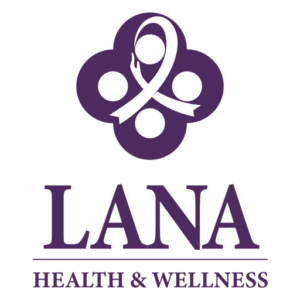Consultation
To find out what the intention behind your treatment is
It’s important for the therapist to know what type of treatment you would like to receive and how would you like to feel after the treatment is completed. For some clients, the intention is to feel looser or more relaxed and for others, it will be feeling pain relief. It’s also important to establish whether you want a one-off treatment or looking for on-going massage therapy care. If, for example, you only want to have one massage and your therapist starts to investigate and treat deeper lying muscular problems, it can cause more harm than good. Opening a can of warms in the form of deeply rooted tension, trigger points or fascia kinks can send you back into the world worse than you previously felt. That’s why corrective massage takes a course of treatments, as your body can sometimes get worse before it gets better. Therefore, if your expectation is to just feel great after a one-off massage, make sure your therapist understands it. And in case of any injuries or pain, your therapist should discuss a potential plan on how many treatments it takes to remedy it. Knowing what you want is crucial to your therapist providing what you need.

To learn what your treatment expectations are
If your expectations before and during your massage are different from what you are receiving in a treatment room, you are likely to feel disappointed with the treatment. Finding out what your vision is, leads to better satisfaction. If, for example, you go to a restaurant to order a steak and the waiter brings an amazing chicken dish, the meal might be incredibly tasty but it still wasn’t what you hoped for. The more guidance you give your therapist, the better treatment you will be able to receive. It’s like having a tea or coffee preferences (how strong? Any sugar? Any milk?) – let your therapist know what pressure you prefer, where exactly that irritating niggle is and what your focus areas are. They will be able to serve you better if they know exactly what you have in mind.
To provide the best possible experience
There are many massage places and they often operate on a different basis. It’s important for your therapist to find out what is “normal” for you. For some clients, a full body massage involves stomach massage which for many other clients is not acceptable. Some people assume that feet or face will also be massaged in a full treatment. It’s crucial to discuss your preferences in order to provide the best experience. Your therapist will try to find out what you like and what you don’t, whether you prefer to have music or how they can make you feel comfortable during the treatment.
To plan your massage session
Planning a massage session and dividing the time is another reason why your massage therapist will need to have a consultation with you before the massage starts. There is nothing worse than hearing at the end of the session that your therapist has run out of time before touching the areas that you really hoped for. Time management is the key to feeling fulfilled and your therapist will try to gather information to optimise the largest time to be spent on your areas of priority and focus. Let your therapist know what is on top of your list and what you would be happy to compromise with, in case there is more time needed somewhere else.
To see the big picture/ get to know your lifestyle
This isn’t about your therapist being nosey or stealing time. Your lifestyle is what causes your body to be in the shape and state it is. If there is any imbalance or tension, your daily tasks are often the answer. Your therapist will try to find the causes of these pains so you can avoid the problem from coming back. If you’re sitting at the desk and your screen is to the right, you’re likely to have some extra tension in your neck, on the right side. If you’re sleeping on your left side only, you will likely have some additional tension in the left shoulder and neck. If you’re playing tennis, your therapist might see some imbalance between your right and left arm. Your daily activities, job, exercises, stress level will all have an impact on your body so let your therapist know as much as you can. Seeing a bigger picture will ensure your therapist advices you more accurately.
To establish trust and confidence
Having a professional consultation is also a great opportunity for you to get to know your therapist and check how confident they are when handling your concerns or expectations. It’s vital for you to feel safe and have trust in your massage provider. Their ability to lead the consultation process and ask the relevant questions is a sign of great professionalism. It also demonstrates their expertise and skills.
A good consultation that serves all these purposes doesn’t have to be long. It should only take a couple of minutes unless you feel there is more for your therapist to understand. Often, your therapist will ask crucial questions before the massage and will try to investigate more during the treatment if it feels appropriate. Your therapist will take a note of your preferences and you won’t have to go through the same consultation process on the repeat visits unless you come back with a different massage purpose. There is huge value in investing that your therapist knows what you would like from your session, so feel free to share and guide them as much as you feel comfortable. In the end, both you and your massage therapist share a common goal in wanting you to receive the best treatment possible.







